It all starts with the magic of heat. In the first image, we see a colorful material being heated, where it begins to melt, releasing a cloud of smoke.
This initial heat application is the catalyst for transformation, where the material’s solid form starts to give way to its fluid counterpart.
It’s almost like a dance between fire and substance, each part of the material reacting to the warmth in its own way.
From Solid to Liquid: The Melting Process
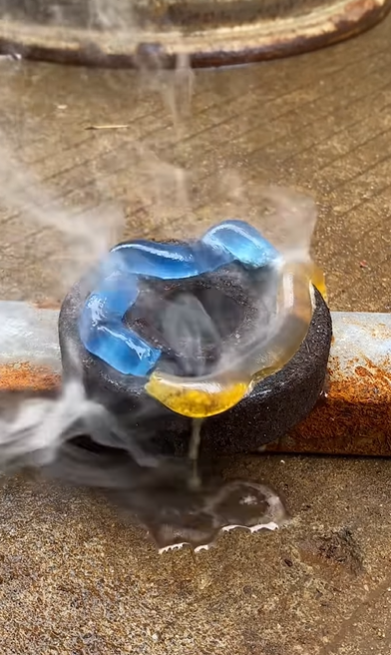
As the heat intensifies, we witness the material’s gradual transition, where the once firm shape begins to lose its rigidity.
The drips fall slowly, almost poetically, forming a molten pool.
This stage is where the material sheds its past state and begins to take on a new life, a journey from solid to liquid that symbolizes the power of heat to change and reshape.
The Touch of the Creator: Guiding the Flow
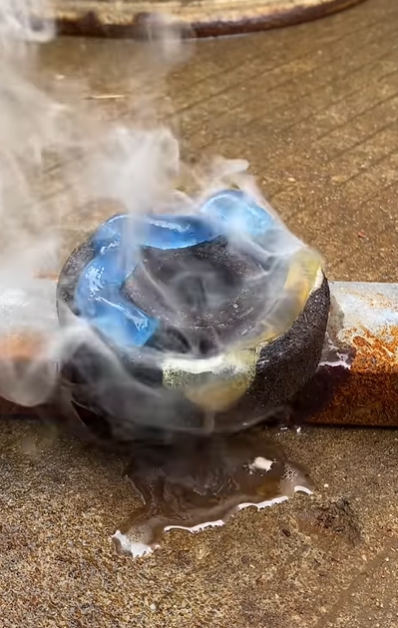
With a careful and deliberate touch, the artist or craftsman engages with the molten material.
The finger traces its path, guiding it with precision. This is no longer just about melting the material—it’s about controlling its flow and direction.
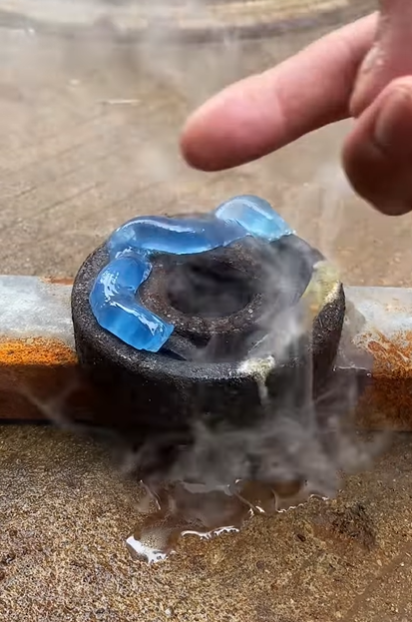
The fine control needed here is what turns raw, heated material into something functional, usable, or even beautiful.
Molding the New Form: Adding the Final Touch
Now, as the material flows, the artist introduces new elements to the mix, blending old with new.
Another piece of material is added, creating a fusion of textures and colors.
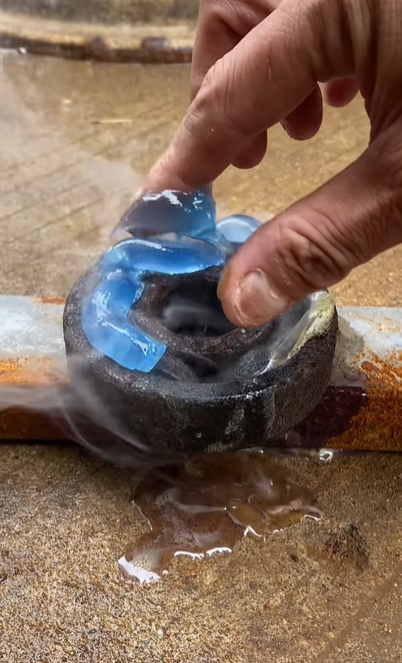
This step highlights the idea of transformation as a journey—whether it’s a repair, an enhancement, or a new creation, each addition builds upon the last, creating something greater than the sum of its parts.
The Magic of Transformation
The final stage of this process is where everything comes together.
The worker expertly aligns and arranges the molten material, ensuring that it fits perfectly into its intended form.
The heat and the skill of the craftsman converge, allowing for a seamless integration of the new material into the whole.
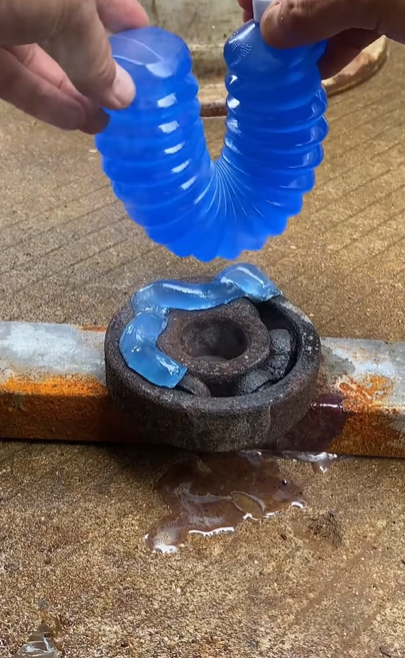
This is the moment when raw potential becomes realized art.
Crafting with Fire and Finesse
The process of shaping materials with heat is not just a technical skill—it’s a delicate art.
It’s about understanding the material’s behavior, harnessing the power of heat, and transforming something simple into something extraordinary.
Whether for practical repairs or creative projects, the ability to manipulate materials with precision and care speaks to the timeless relationship between fire and creation.
